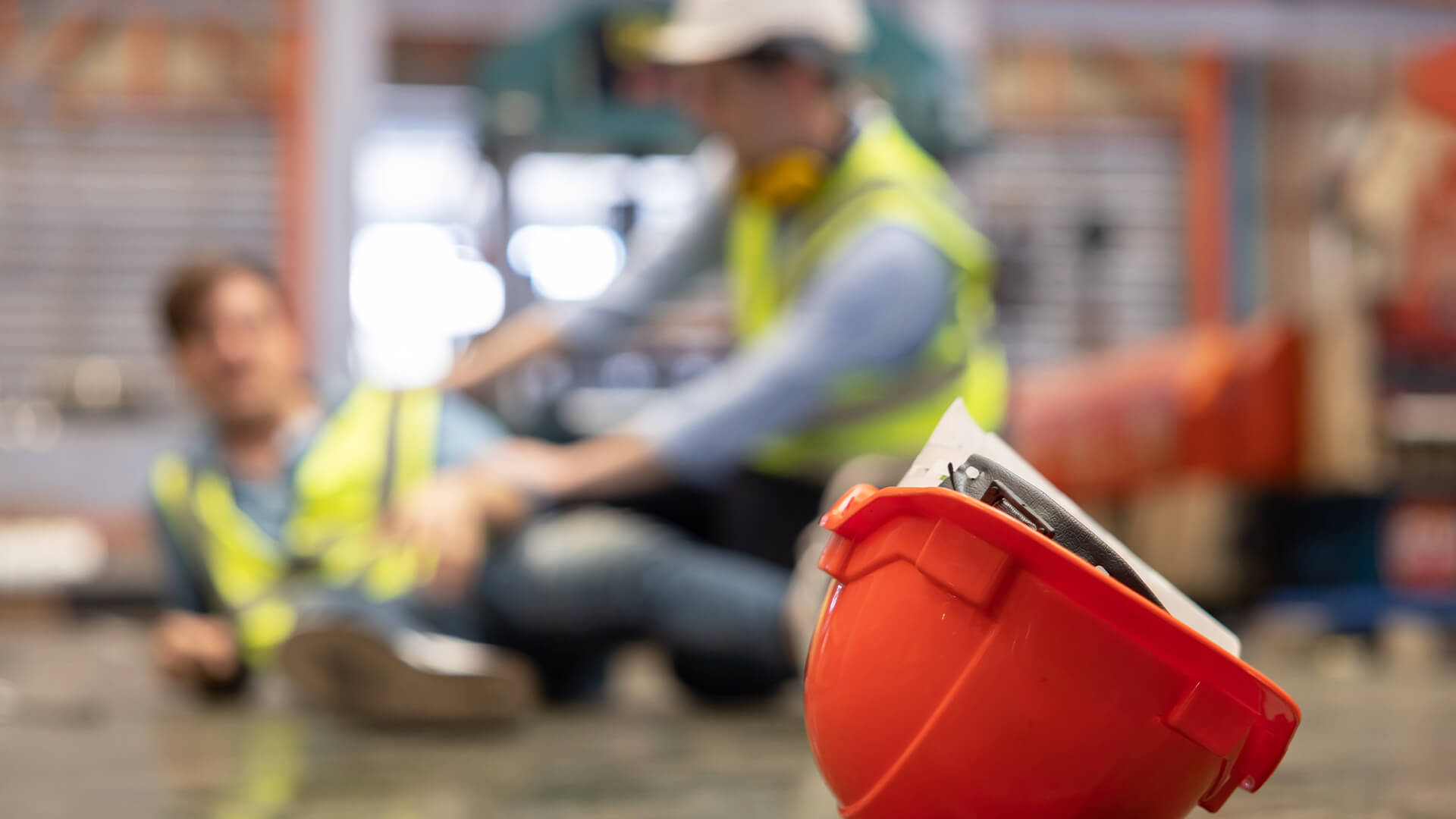Every year, thousands of businesses fail to keep their construction workers safe, leading to severe consequences and a lack of safety compliance. The construction industry is one of the worst offenders, with so many risks to workers and employers failing their staff when not protecting them against common safety violations. So, let’s take a closer look at some of the often-neglected violations to watch out for, to keep workers in the field safe.
The consequences of safety non-compliance
The statistics on injuries and health and safety issues for construction workers highlight just how dangerous this industry can be. Studies show that around 54,000 non-fatal injuries occur in the UK every year, from trips and falls to power tool handling.
It’s not just physical injuries which are a concern, but also work-related illnesses, such as:
- Mental health issues
- Musculoskeletal disorders
- Hand-arm vibration syndrome
- Exposure to hazardous materials.
The first issue, and the most important, is that safety issues on-site can lead to injuries for staff and even fatalities in severe cases. Serious breaches of health and safety endanger lives and they can have serious ramifications for a business.
Businesses have a duty of care to their staff, and neglecting health and safety means they could be in breach of health and safety regulations. This is a criminal offence and can result in fines of thousands of pounds, or even prison sentences. Non-compliance also damages your business’ reputation and can result in disqualification from the industry. It’s critical that construction firms carry out regular health and safety audits which will highlight the good and bad when it comes to health and safety management, allowing businesses to address any safety issues found to keep the team safe.
Common safety violations in the construction sector
Electrocution and electrical shocks
Staff are at huge risk of electrocution and shocks if electrical systems aren’t managed properly and safely, and often accidents are the result of procedural failures. This is why risk assessments are so crucial in construction, ensuring that potential issues are identified ahead of the work commencing to keep staff safe with the appropriate protective measures. Worryingly, however, another cause of electrical accidents is the result of unqualified workers performing electrical work on a project. Construction teams need to ensure that only those qualified to carry out work safely do so, otherwise individuals and those around them could be put in harm’s way.
Trips, slips and falls
Trips, slips and falls are a particularly common hazard for construction workers because of the nature of the environment and the types of equipment used, many of which need to be plugged in. From wet, slippery surfaces to materials and cables left on the floor and uneven surfaces, staff are at high risk of tripping and falling on a construction site. The crew need to have proper PPE to protect them if they do fall, but there should also be thorough management in place to ensure tools are kept in a safe place and off the floor.
Asbestos
Asbestos is a common cause of respiratory conditions, and it’s estimated that around 500,000 public buildings in the UK still contain this harmful material in areas such as ceiling tiles, insulation and wall plaster. Asbestos is dangerous because if a worker carries the dust home, it can then endanger their family members or anyone they come into contact with, which puts them at risk of respiratory issues too. Professionals should be consulted when managing asbestos in a building, to ensure it’s handled safely and removed from the property as quickly and efficiently as possible.
Working at height
Building work and demolition often require employees to work at height, and falls are one of the most significant causes of fatal injuries in this industry, with 40 people dying last year alone from unsecured scaffolding, unprotected edges and falls from ladders according to HSE. Working from a height can’t always be avoided, but in instances where it’s necessary, managers need to carry out risk assessments to put protecting measures in place where they’re needed, such as safety nets, guard rails and making sure loose debris and equipment is cleared away to avoid trip hazards.
HAVS
HAVS or hand-arm vibration syndrome is a common side effect of using power tools like ground drills and handheld power tools. It’s a preventable condition, but the damage caused in instances where it occurs is permanent and it’s incredibly disabling, affecting the dexterity and grasp of the affected individual. If power tools are required for a job, they need to be well-maintained and only used for short periods of time to limit exposure to the vibrations.
Exhaustion
Exhaustion might not necessarily be cited as a top risk in many cases, it does relate to many construction site incidents, because if a staff member is tired and overworked, they won’t be as attentive or focused on the job at hand which can lead to accidents. From long hours and early starts to pressure to meet deadlines and environmental conditions, there are many reasons why construction workers are at an increased risk of fatigue — something those in senior positions need to be mindful of managing effectively.
It goes without saying that no job is entirely risk-free, but some industries are certainly more prone to accidents than others. The construction sector is one such example, where the hazardous environment, long and pressured schedules, and use of dangerous power tools all leave staff at a higher risk of accidents and injuries.
Proper health and safety measures are vital to protect employees working in construction and they need to be implemented from the very start of every project. When managers fail to protect staff with the right measures, they put the whole team at risk of accidents and could damage the reputation of the business too. From making sure audits and risk assessments are carried out regularly to providing appropriate training and PPE, there’s plenty construction managers can do to minimise health and safety violations.

































